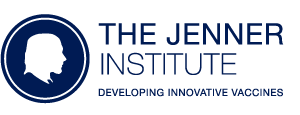Chicken TCRγδ+CD8α+T cells are antigen-specific and protective in H9N2 AIV infection.
Dai M., Li X., Zhu S., Chen W., Smith AL., Liao M.
TCRγδ+ T cells are a major lymphocyte population of chickens, but their response or contribution to immunity against avian influenza virus (AIV) remains unknown. Here, we report an increase in the proportion and activation state of TCRγδ+CD8α+ T cells in the PBMCs of 3 chicken lines (MHC homozygous H-B2 and H-B21 lines and outbred G-WL line) with the strongest responses observed in the more resistant H-B2 chickens. H9N2 AIV infection induced mRNA upregulation of interferon (IFN)-γ and cytotoxicity-associated molecules, including, Granzyme A, Granzyme K, and perforin in sorted TCRγδ+CD8α+ T cells. Moreover, in ex vivo cultured TCRγδ+CD8α+ T cells in response to H9N2 AIV infected splenocytes, strongly indicates the activation of these cells' cytolytic potential via detection of transcription levels of cytotoxic genes with quantitative reverse transcription polymerase chain reaction (qRT-PCR), and IFN-γ protein level with ELISPOT and an intracellular cytokine staining assays. Most importantly, in vivo depletion of γδ T cells led to reduced H9N2 AIV control, which was particularly evident in the early phase of infection. Taken together, these results indicate that strong TCRγδ+CD8α+T cell response plays a critical role in protecting chicken against H9N2 AIV infection.

